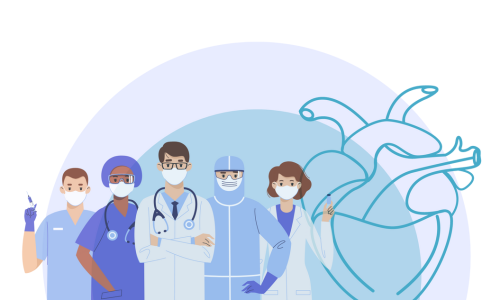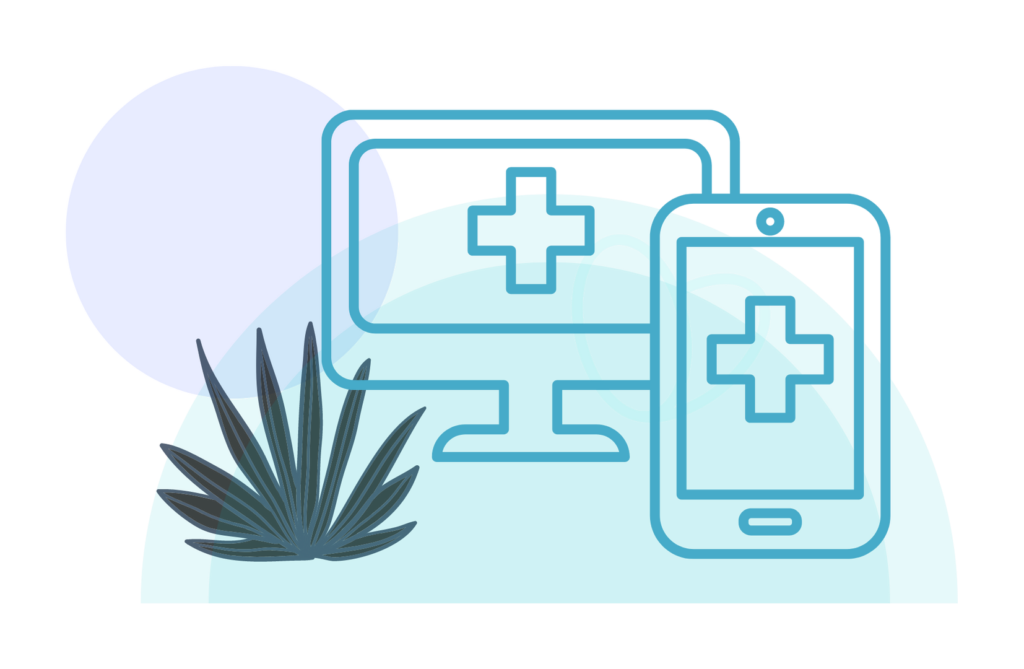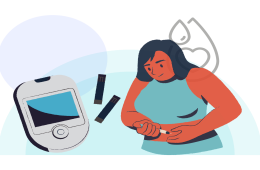Management of congenital heart diseases and digital health – Part 2
United Kingdom has invested around £12.8 billion in a National Program for Information Technology (NPfIT) for the National Health Service
The administration in United States (US) has similarly committed to a US$38 billion eHealth investment in health care. (1)

How digital solutions can help overcome the challenges faced by care providers and patients in management of congenital heart diseases
In part 1 of this article series, we saw that care providers and patients with congenital heart diseases face a very unique set of problems that need special consideration from healthcare systems.
Examples of these special considerations include the propensity of CHD patients to have high morbidity and mortality that requires frequent and prolonged contact with healthcare providers. Apart from that, they face challenges in different aspects of physical, mental, social, and economic wellness that requires input from a multidisciplinary team of specialists.
Investment into digital health
It is estimated that digital health is the next frontier of health and wellness, especially for chronic models of care. Many countries are rapidly moving towards complete digitization of healthcare systems. For example, the United Kingdom has invested around £12.8 billion in a National Program for Information Technology (NPfIT) for the National Health Service, and the administration of United States (US) has similarly committed to a US$38 billion eHealth investment in health care. (1)
Research outcomes of digital health
It can be argued that the impact of digital health can vary in different populations. In a resource limited setting, implementation of digital health is met with systematic barriers such as lack of electronic structural systems. However, even with these challenges, digital health shows enormous promise. (4)

Bibliography
1. Black AD, Car J, Pagliari C, Anandan C, Cresswell K, Bokun T, et al. The Impact of eHealth on the Quality and Safety of Health Care: A Systematic Overview. PLOS Med [Internet]. 2011 [cited 2022 Jun 10];8(1):e1000387. Available from: https://journals.plos.org/plosmedicine/article?id=10.1371/journal.pmed.1000387
2. Kauw D, Koole MAC, van Dorth JR, Tulevski II, Somsen GA, Schijven MP, et al. eHealth in patients with congenital heart disease: a review. Expert Rev Cardiovasc Ther. 2018 Sep 2;16(9):627–34.
3. Schuuring MJ, Kauw D. How to initiate eHealth in congenital heart disease patients? Eur Hear J – Digit Heal [Internet]. 2020 Nov 1 [cited 2022 Jun 9];1(1):83–6. Available from: https://academic.oup.com/ehjdh/article/1/1/83/5999796
4. Digital Health in LLMICs: Current and future technological developments with the potential to improve health outcomes in low-and lower-middle-income countries. [cited 2022 Jun 9]; Available from: www.pathwayscommission.bsg.ox.ac.uk
Insights
-

No-Code Tools for Managing Mental Health and Burnout in Healthcare Settings
Read more“P4” is a term that is often associated with future of medicine – prediction, prevention, personalization and patient participation. Many current health related technologies have already started moving towards the future and many more innovations are yet to come, that will make the goal of holistic medicine true.
-

Impact of health technology on diabetes management
Read more“P4” is a term that is often associated with future of medicine – prediction, prevention, personalization and patient participation. Many current health related technologies have already started moving towards the future and many more innovations are yet to come, that will make the goal of holistic medicine true.
